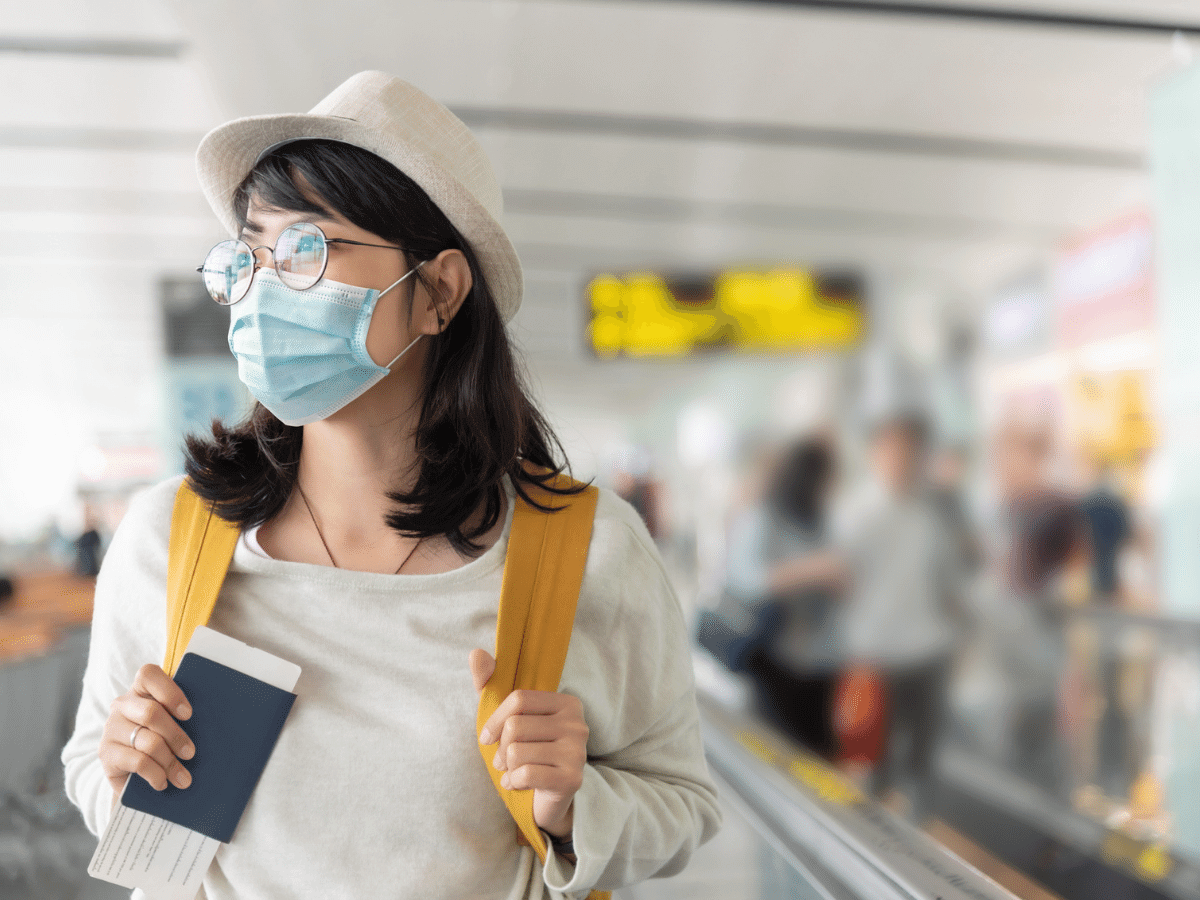Coronavirus Vaccine: EUA vs. FDA Approval

As the threat posed by COVID-19 became apparent early in 2020, pharmaceutical companies began working to develop safe and effective vaccines as quickly as possible. While it’s historically taken years to produce vaccines for other diseases, researchers have succeeded in doing so in less than a year in this case. How did they do that and what was involved in creating, testing, and approving the new vaccines? This article provides insights.
Creating COVID-19 Vaccines Under Operation Warp Speed
According to the U.S. Department of Health & Human Services, Operation Warp Speed is “a partnership among components of the Department of Health and Human Services (HHS), including the Centers for Disease Control and Prevention (CDC), the National Institutes of Health (NIH), and the Biomedical Advanced Research and Development Authority (BARDA), and the Department of Defense (DoD).” The program’s goal is to develop safe and effective COVID-19 vaccines and distribute 300 million doses of them to people in the U.S.
The program is ongoing but has already produced positive results. As of the writing of this article, vaccines from two companies (Pfizer and Moderna) have been authorized and are being administered based on guidelines developed around the risks different groups of people face as a result of factors like their age, occupation, and others.
Understanding Emergency Use Authorization
Under normal circumstances, vaccines that are to be administered in the United States must be approved by the U.S. Food & Drug Administration (FDA). Unfortunately, while FDA review helps ensure that a vaccine is safe, it can take a significant amount of time to receive that approval.
Following the September 11, 2001, terrorist attacks, the concept of “emergency use authorization” (EUA) was developed to ensure that lifesaving medicines and other products could be made available more quickly — though still with appropriate testing and review — in an emergency.
With COVID-19 being deemed a “public health emergency,” manufacturers are being allowed to submit requests for EUA for their new vaccines. These requests include extensive data from clinical studies that the FDA uses to grant or deny authorization.
COVID-19 and Clinical Studies
Even in emergency situations, vaccines and other medicines must undergo clinical studies and demonstrate clear and compelling evidence of safety and effectiveness to be approved. This typically involves three phases:
- Phase I: Studies assess the effects that a vaccine has on a group of 20 to 80 volunteers with no underlying health conditions.
- Phase II: Studies are conducted on several hundred volunteers grouped by characteristics like age, existing medical conditions, etc.
- Phase III: The research is expanded to thousands of volunteers to confirm the vaccine’s efficacy (i.e., how effective it is) and safety.
In some cases, there is also a Phase 0, in which an even smaller initial group of fewer than 15 volunteers is studied before and after receiving the vaccine. And in all cases, testing continues even after EUA or full FDA approval is granted. Each batch or “lot” of a vaccine that’s produced must meet standards for safety, purity, and potency before it can be distributed.
Vaccine Availability and Ongoing Disease Prevention Practices
The availability of COVID-19 vaccines is a very positive development, but it doesn’t mean we can let our guard down. Disease prevention practices are still critically important until everyone who needs and wants a vaccination can get one.
Consequently, for the foreseeable future, we should all continue to:
- Stay at home unless there’s an important reason to go out
- Wear a mask in public and maintain a safe distance from others
- Wash our hands frequently and thoroughly or use hand sanitizer
- Avoid touching our eyes, nose, and mouth
- Disinfect frequently touched surfaces in our homes
- Cover coughs and sneezes with a tissue
It’s also important to get a flu shot, as contracting the seasonal flu is a complication nobody needs during a pandemic.
And, of course, if you have any questions about COVID-19 and your health, you should talk with your doctor. They are the best source of information related to your specific health risks and concerns.
Learn More with Baptist Health
Partner with Baptist Health as we navigate this pandemic together, every step of the way. For more information about COVID-19, visit our resource center, or explore our library of COVID-19 articles.
Find a COVID-19 testing site here.
Next Steps and Useful Resources:
[PODCAST] COVID-19 CEO Update (Dec. 2020)
Do I Need to Wear a Mask at Home?
Find a Testing Site
What Are mRNA Vaccines?



